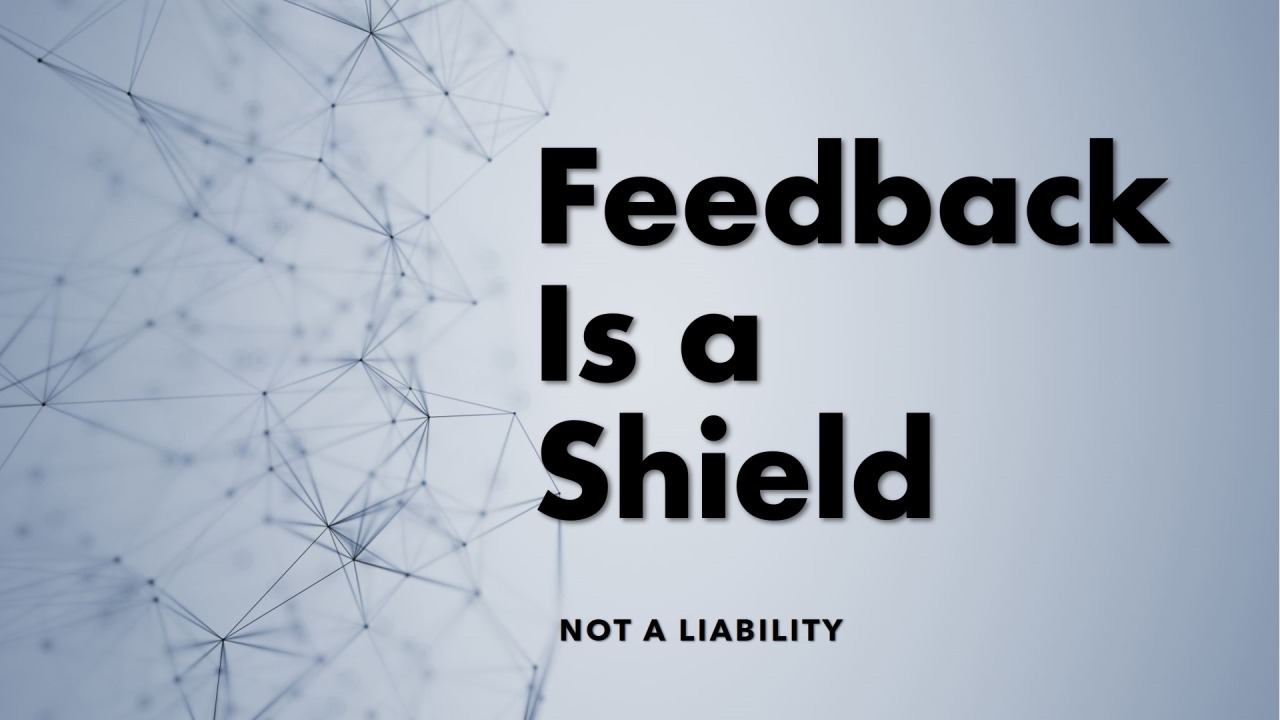Buying a used car means the buyer can get more car for the money, have less depreciation, and make lower payments. But, if the buyer isn’t careful, she might buy a car that turns out to be a lemon — unsafe, under-performing, and maybe needing hundreds if not thousands of dollars to fix or replace.
Think about it – savvy buyers don’t buy based on the seller’s description. Instead they search out verifiable facts about the car before they write a check. Focusing on facts rather than flash can mean the difference between getting a great deal and buying someone else’s problems.
Now think about hiring. Notice where the hiring process differs buying a used car: for hiring there is no step to get the facts about a candidate!
Caveat emptor applies as much to hiring people as to buying a used car! It makes sense that a car buyer would spend the time and money for a trusted mechanic to assess the condition of a $20,000 car. When the hiring process is analyzed, however, it is likely that a manager would know more about her last car than about her last three new hires.
So why would a manager neglect to confirm candidate facts before hiring an employee who represents a $60,000 expense in the first year alone? The problem is in the information managers use to predict the future work success of applicants. Let’s pop the hood and take a closer look at the hiring engine.
Start with the resume. An applicant’s resume is like the description the car seller writes. Just like car sellers use a spritz of Lane’s new car smell spray to entice potential buyers, the resume is a marketing document covered in new car smell spray. Resume coaches earn a pretty good living fixing up resumes, making them look terrific, and including the words that scanners search for and human readers respond to. But facts? Not there.
A list of prior jobs tells where a candidate worked, but any evidence of work quality is missing. Just because someone works in a job three years doesn’t mean he acquired three years of knowledge! Another problem? People lie on their resumes – a lot. Some 60% of resumes contain erroneous information – an edited job title, enhanced work duties, or adjusted dates. Just like the car seller’s description, the resume represents what the candidate wants a manager to know.
Next, the interview. The interview is like a test drive… and is usually just as short. A smart car buyer does not make a decision based on driving the car a few miles and a manager should not rely on the usual interview to deliver reliable data. Many managers believe they will “just know” the right candidate during the interview. In fact, the success rate of an employee hired based on interviews is about the same as random selection. And for the record, there are no magic bullet questions, so forget that. (Google did.) Candidates can easily learn a few strategies that get them higher interview scores by searching online or using a career coach!
So, if the resume and interview deliver less dependable information than the used car buying process, what can the hiring manager do? Add a pre employment assessment to the process – it is the people version of pre-purchase car inspection.
Valid pre hire assessments accurately report the strengths of candidates — the key candidate attributes that are not observable, but are essential to success on the job. Assessments deliver un-fakeable data about the match between the candidate’s abilities and the demands of the job. Some even report how likely it is that the individual will fit in the company’s culture.
Assessments are the independent car inspector who reports on all the factors that matter — even the ones the buyer can’t see. Using a pre employment assessment improves hiring decisions because managers get the important, but hard to find, information.
So next time you’re ready to start the hiring process, don’t be distracted by fuzzy dice or new car smell. Avoid hiring a lemon by using a valid pre-hire assessment.





